Let’s explore the fascinating world of soccer tactical systems!
In soccer, tactical systems represent the essence of the game, the strategy behind the magic that happens on the pitch.
Each team has its own tactical approach, a unique combination of positioning, movements and playing styles, all to achieve a common goal: victory.
One of the coolest aspects of tactical systems is their diversity. From classic formations to the most modern and innovative, there are an infinite number of ways to organize a team.
From solid defenses to overwhelming attacks, each system has its own distinct characteristics, shaped by the coach’s philosophy and the players’ abilities.

Participate in our free Whatsapp community and receive daily tips, news and curiosities from over 50 sports! Click here to join.
Soccer tactical systems: the most traditional and the most modern
More traditional soccer tactical systems, such as the 4-4-2 and 4-3-3, have stood the test of time, providing a solid foundation for many teams around the world;
Soccer tactical systems: 4-4-2
In the middle of the 20th century, a new way of organizing the soccer team appeared, called the 4-2-4 formation.
In this formation, there were two players right up front, attacking together and sometimes even ahead of the other forwards. The Brazilian national team, which won its first World Cup in 1958, adopted this way of playing.
Twelve years later, at the 1970 World Cup in Mexico, the team led by Mario Zagallo, who had already won in 1958, used a modified version of the 4-2-4, which caught the attention of the whole world.
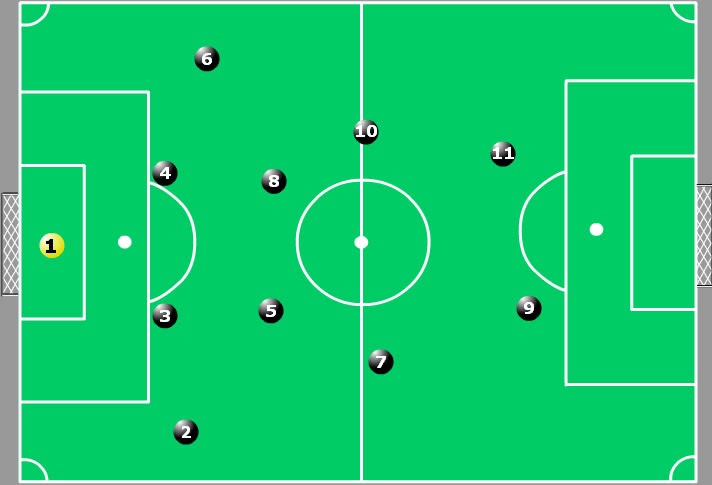
Soccer tactical systems: 4-3-3
After the heartbreak of losing to Uruguay in the 1950 World Cup final, Brazil decided to change their strategy. They started playing with four defenders, using a formation called 4-2-4;
This was the tactic that helped Brazil win the 1958 World Cup. In 1962, for the next World Cup, they made another change, moving to a 4-3-3 formation, and coach Zagallo changed his position from striker to midfielder.
In the 1966 World Cup in England, the hosts, who ended up being champions, used a more defensive midfielder called Nobby Stiles, playing in a 4-1-2-3.
Although other countries, such as Italy, Argentina and Uruguay, continued to use the 4-3-3 in the following years, Rinus Michels’ teams, both in the Dutch national team and at Ajax in the 1970s, stood out using this formation. His tactics inspired the concept of Total Football and even influenced Johan Cruyff, who adopted the 4-3-3 when he became coach.
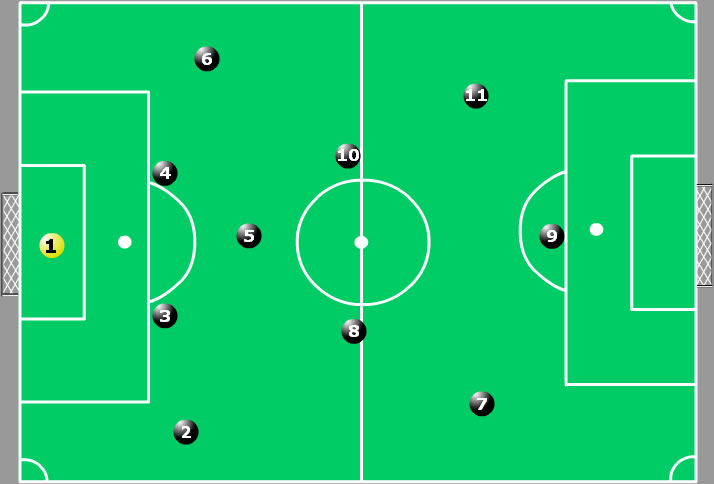
With clearly defined lines and specific roles for each player, these formations offer balance between defense and attack, allowing for a smooth transition between the sectors of the pitch.
Soccer tactical systems: 3-5-2 and 4-2-3-1
However, soccer is a constantly evolving sport, and coaches are always looking for new ways to gain an advantage over their opponents. As the older soccer tactical systems are a bit… “stale”, it has been necessary to expand and perfect them.
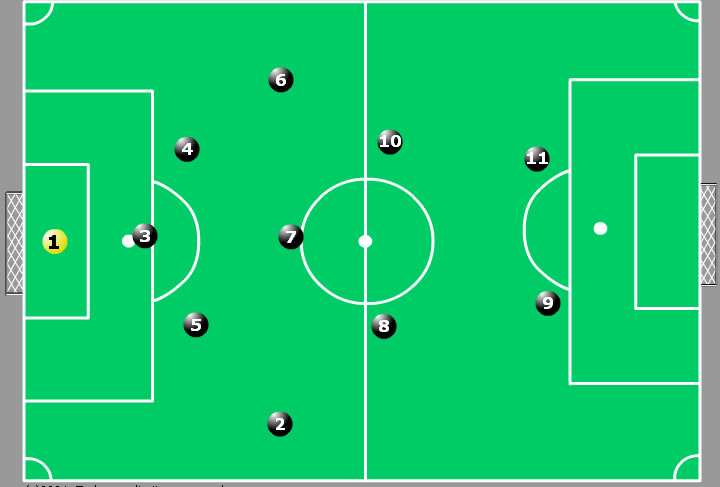
More flexible soccer tactical systems emerged, such as the 3-5-2 and 4-2-3-1, which offer a variety of options in both defense and attack.
With an emphasis on ball possession and fluid movement of the players, these systems can confuse the opposition’s marking and create goal-scoring opportunities.
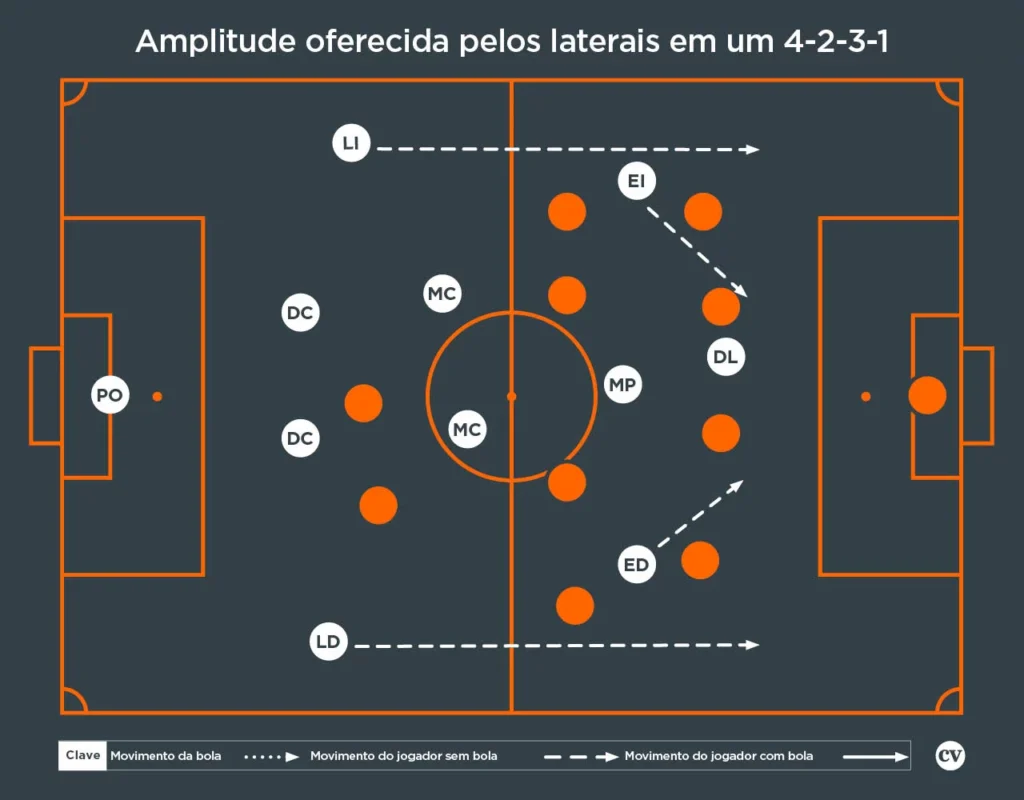
Evolution of soccer’s tactical systems
Just imagine: a soccer match where the players move around the pitch as if they were dancing, without being stuck in one position.
That’s the Carousel, an incredible idea invented by coach Rinus Michels. Everyone attacks and defends at the same time, except the goalkeeper, of course.
Remember Johan Cruyff’s Netherlands at the 1974 World Cup? They were masters of the Carousel, even if they didn’t win the final. But their style of play inspired many people around the world.
Soccer’s tactical systems are like a constantly evolving puzzle. From the oldest schemes, such as the 1-1-8, to the most modern, such as the 3-5-2, each one has its own history and way of playing.
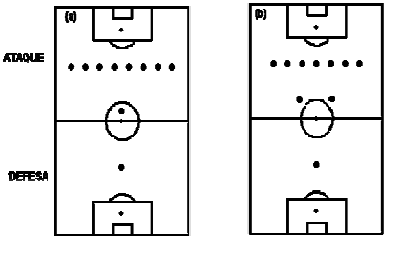
Have you ever heard of the 5-5-0 defensive whirlwind? In this tactical soccer system, each player stands like an insurmountable wall.
Each match is a new story, with its dribbles, passes and goals. It’s like a dance on the pitch, where the players show all their creativity and talent.
List of the most common soccer tactical systems
- 4-4-2 | Four defenders, four midfielders and two strikers.
- 4-3-3 | Four defenders, three midfielders and three strikers.
- 3-5-2 | Three defenders, five midfielders and two strikers.
- 5-3-2 | Five defenders, three midfielders and two strikers.
- 4-2-3-1| Four defenders, two defensive midfielders, three attacking midfielders and a striker.
- 4-5-1 | Four defenders, five midfielders and a striker.
- 3-4-3| Three defenders, four midfielders and three strikers.
- 4-1-4-1| Four defenders, a defensive midfielder, four midfielders and a striker.
- 3-6-1 | Three defenders, six midfielders and a striker.
- 4-3-2-1 | Four defenders, three midfielders, two attacking midfielders and a striker.
Soccer’s tactical systems are a manifestation of human creativity, an expression of art in movement;
And as the game continues to evolve, we can expect to see even more innovation and tactical surprises in the future;
Because, at the end of the day, what really matters is the spectacle that takes place on the pitch, where strategies turn into memorable plays and dreams come true.
Did you like this content? Then keep browsing our site:



